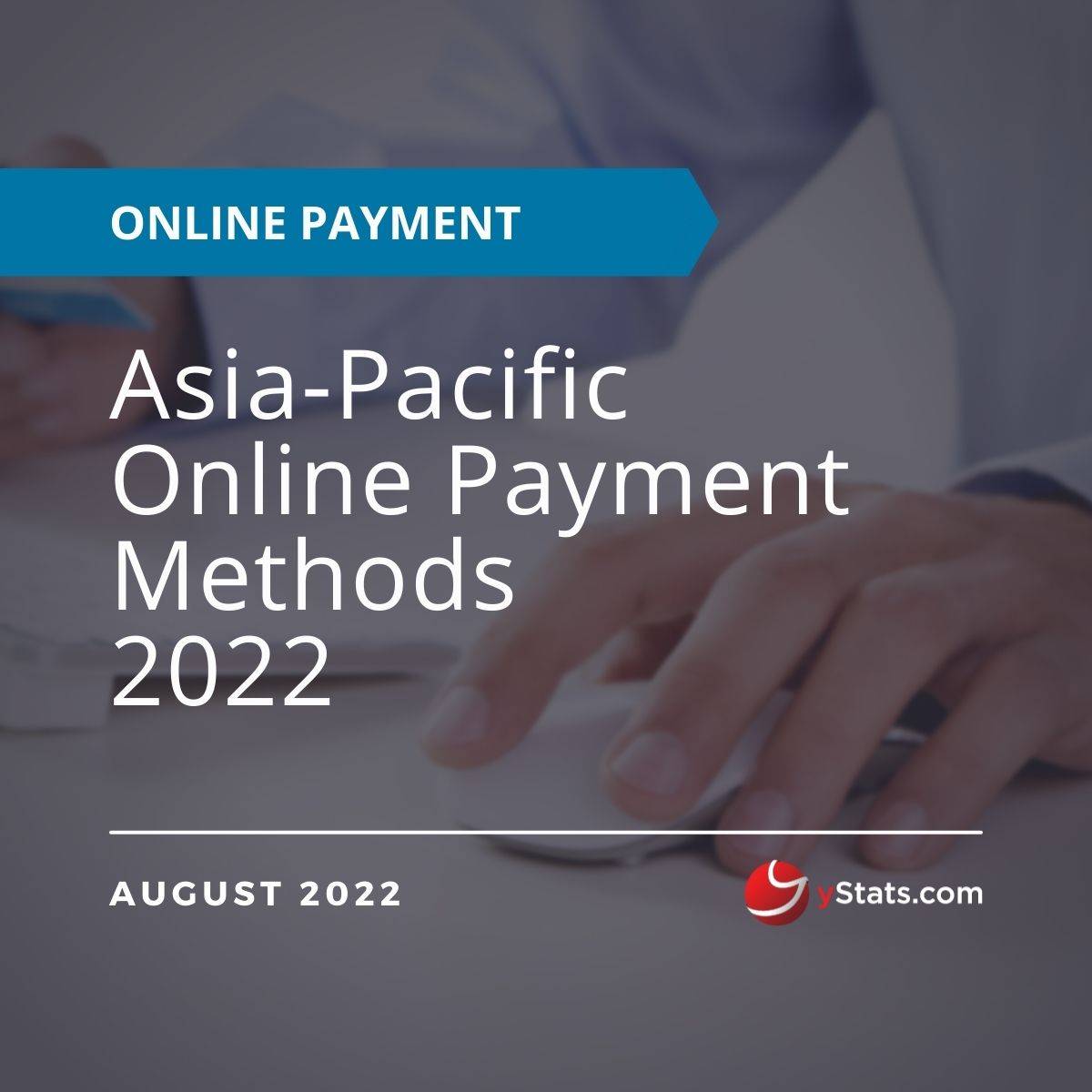Description
Countries Covered: Australia, China, Hong Kong, India, Indonesia, Japan, Malaysia, New Zealand, Philippines, Singapore, South Korea, Taiwan, Thailand, Vietnam
Pages: 122
Publication Date: 2/08/2022
Questions Covered in the report:
- What is the projected development of card payments value in the Asia-Pacific region by 2025?
- Which are the leading B2C E-Commerce payment methods in the APAC region?
- Which alternative payment methods are used by online shoppers in different countries of this region?
- Which country in Asia-Pacific had the highest use of alternative payment methods?
- How will mobile wallet adoption develop across this region through 2025?
Key Findings:
Alternative payment methods dominate the digital payments landscape in Asia-Pacific: new yStats.com report
The latest publication from Hamburg-based desk research company yStats.com titled “Asia-Pacific Online Payment Methods 2022” shares insights into the payment figures and trends in that vast region post the COVID-19 pandemic. The publication reveals that alternative payment methods such as digital wallets are growing in popularity with consumers in many countries of the region.
China and South Korea lead the move towards a cashless society
According to findings in the new yStats.com report, in the midst of the COVID-19 pandemic, the use of digital payments in Asia-Pacific accelerated. Card and mobile payments are on the rise across the region, bringing countries such as China and South Korea closer to becoming cashless societies. In contrast, more consumers in Japan use cash for their daily purchases, though B2C E-Commerce payments are dominated by credit cards.
Mobile payment adoption is still growing, even post-pandemic
During the pandemic, mobile wallets became a dominant trend in the region, as stated in the new yStats.com report. Even though the preference for payment methods varied in each country in the Asia-Pacific region, the growing use of mobile payments was observed in many of them. China takes the lead in terms of mobile wallet adoption globally, followed by South Korea. Also in the Southeast Asian nations there is a trend towards mobile payment usage. In Thailand, a high double-digit share of consumers owned and used a mobile wallet. Furthermore, the number of consumers making digital payments as well as the transaction value of digital payments saw double-digit growth in the past year.
Buy Now Pay Later service use continues to grow in Australia
Another emerging alternative payment form in the Asia-Pacific region is the Buy Now Pay Later service, led by Australia. In Australia, three-quarters of individuals are aware of such service and nearly half of them had used BNPL. The most popular BNPL service provider in the country is Afterpay, followed by Zip, with two in three Australians being familiar with the former player and over half with the latter. In New Zealand, the BNPL services were used the most by younger generations, such as Millennials and Gen X, compared to older generations, such as Baby Boomers and Gen X, which prefer card payments.






